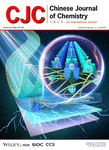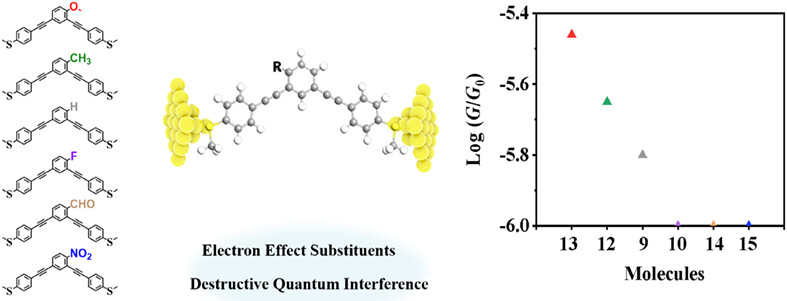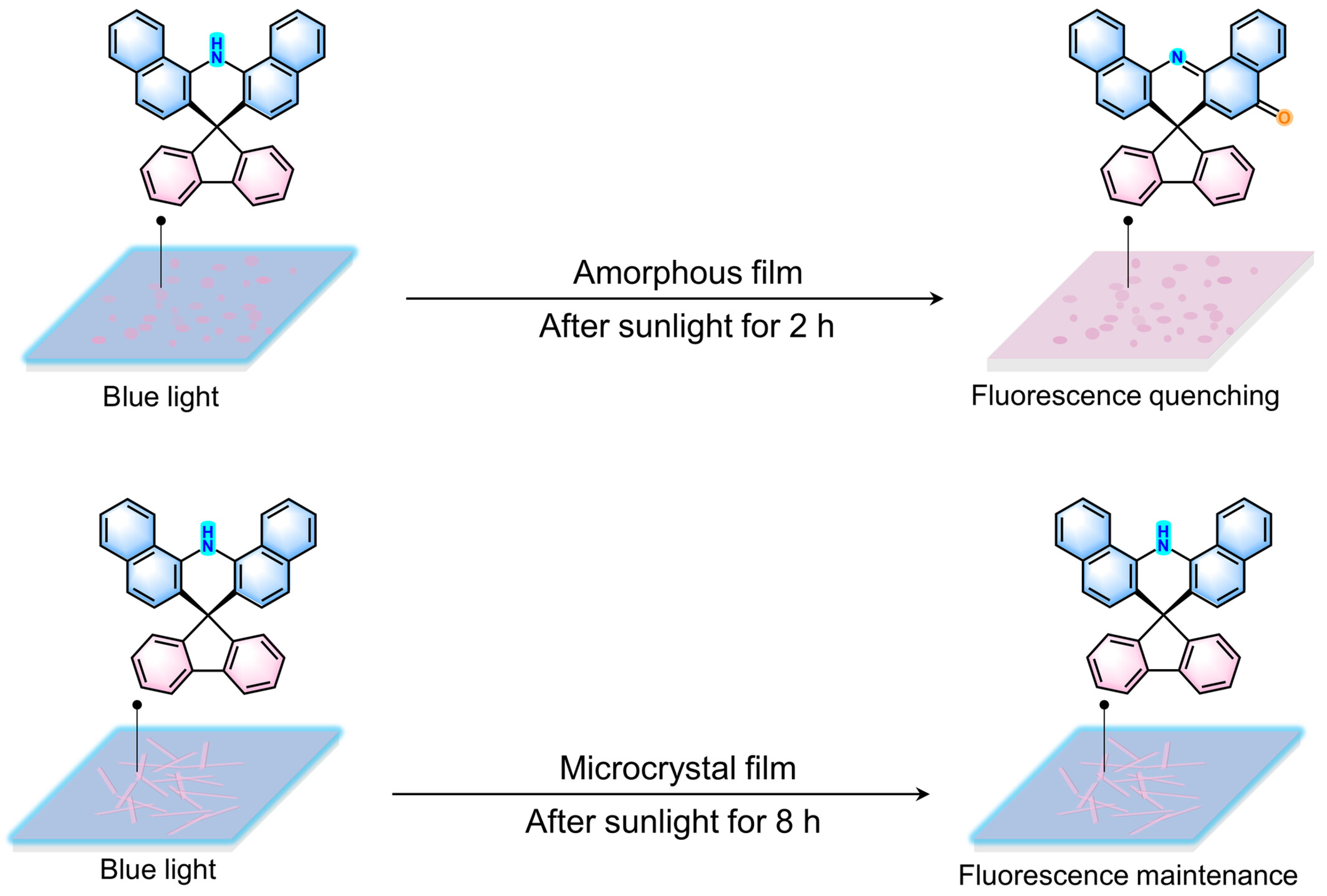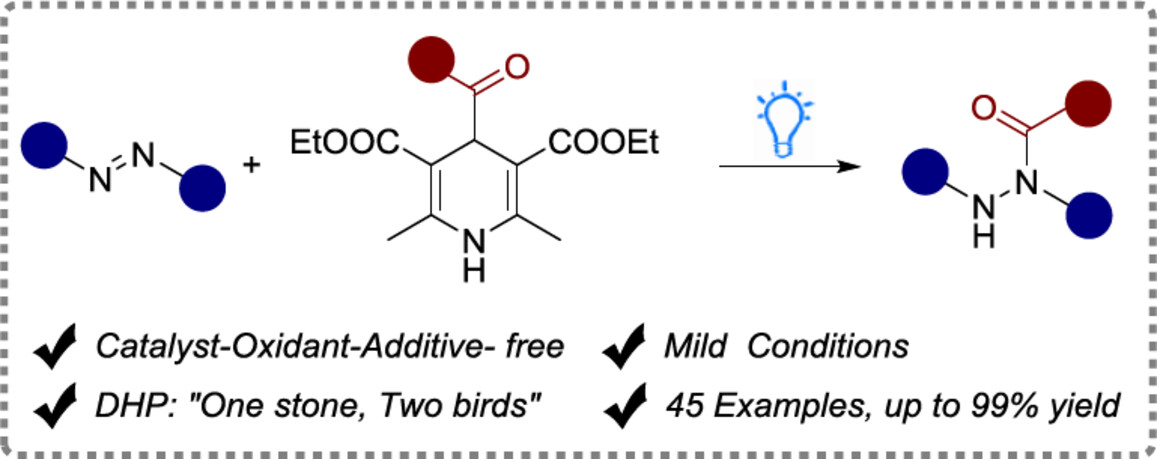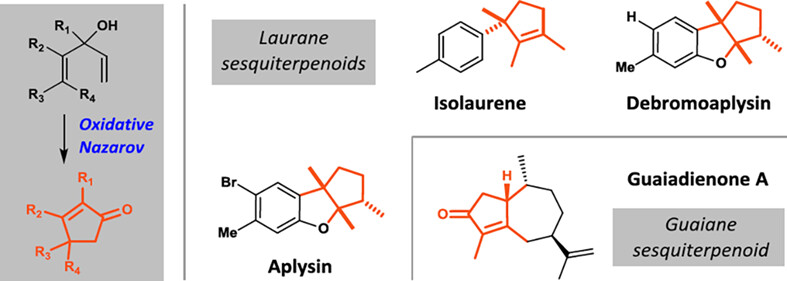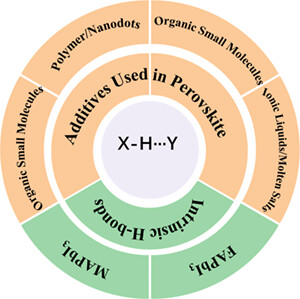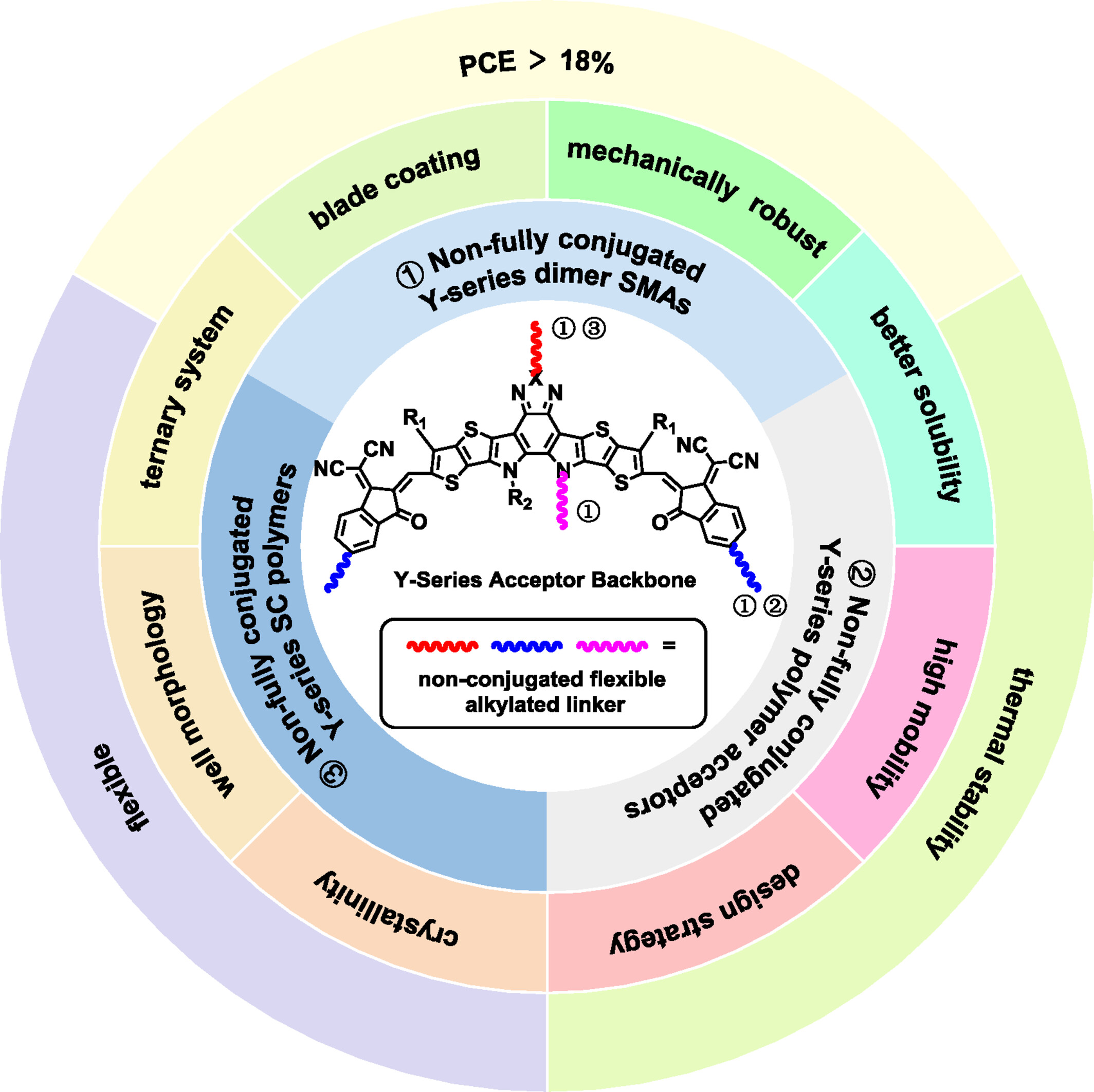Journal list menu
Export Citations
Download PDFs
Cover Picture
Cover Picture
- Page: 1193
- First Published: 01 May 2024
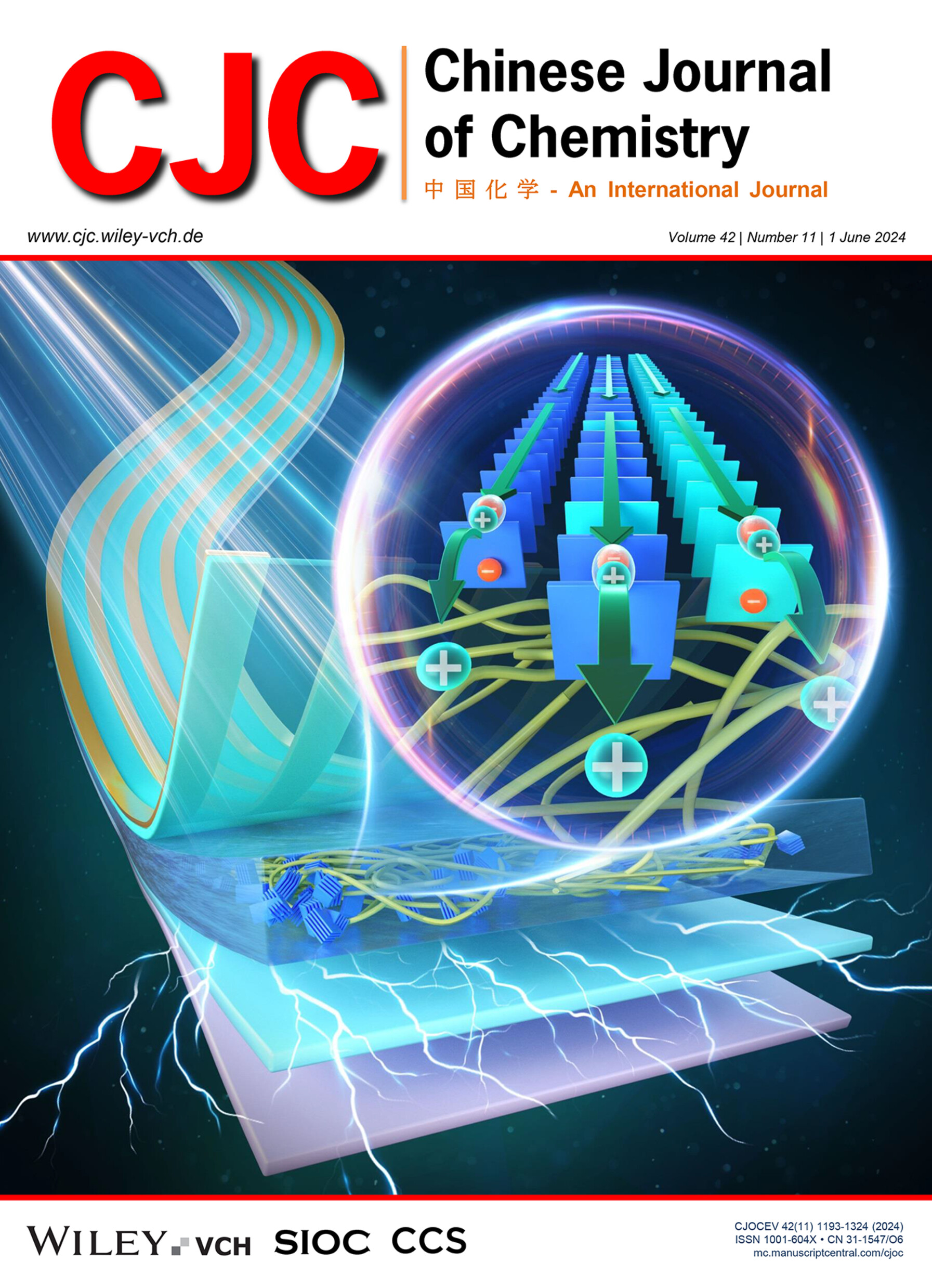
Exciton diffusion and hole transfer play crucial roles in the efficient generation of charge carriers in organic photovoltaic systems. The precise manipulation of this carrier generation mechanism has been successfully realized through the ternary approach of creating acceptor alloys within the donor-acceptor system. The incorporation of this acceptor alloy has proven to significantly decrease the trap density within the system, enhancing overall efficiency. More details are discussed in the article by Hao et al. on pages 1275—1283.
Inside Cover Picture
Inside Cover Picture
- Page: 1194
- First Published: 01 May 2024
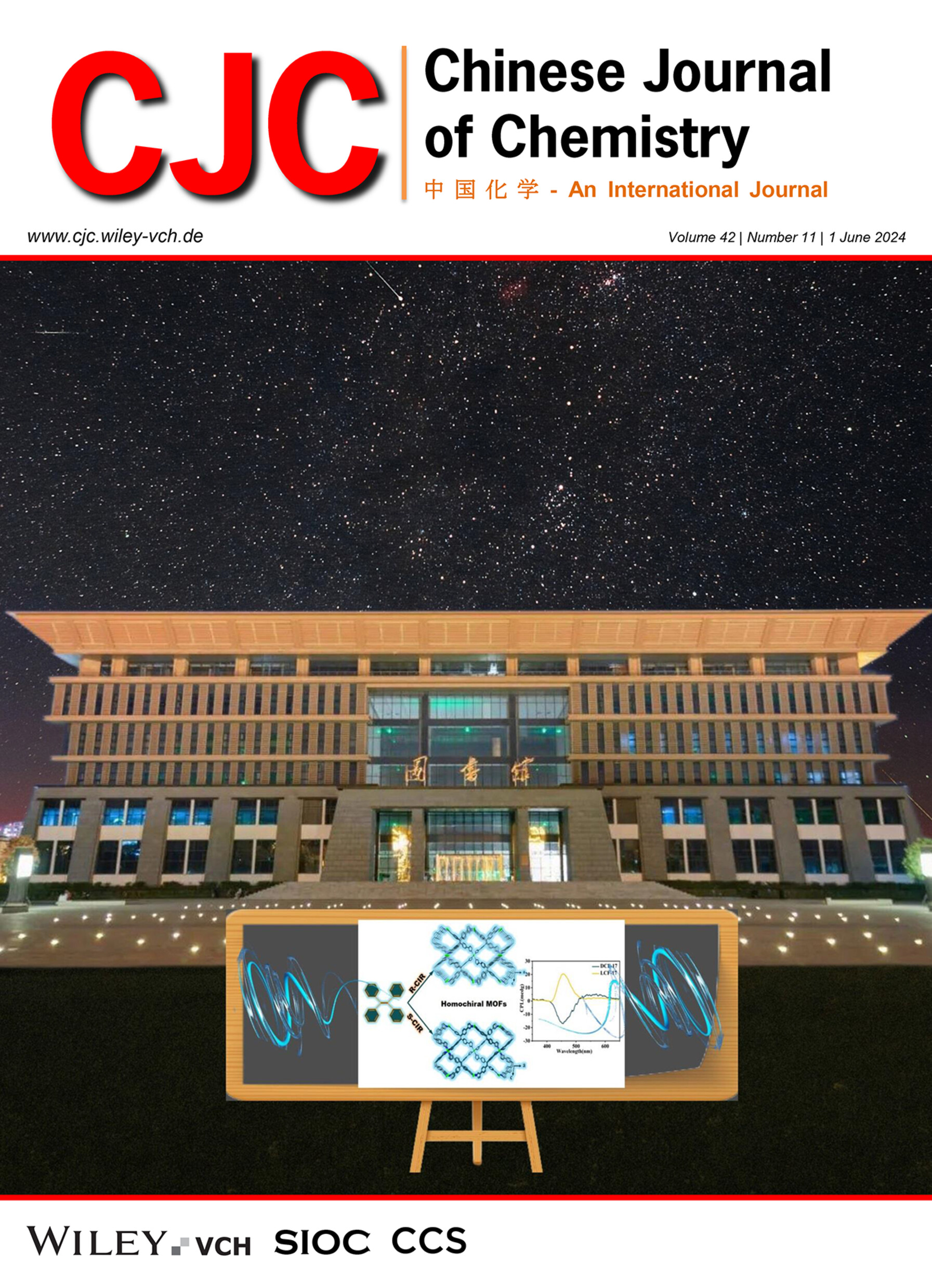
Exploiting chirality transfer between achiral building blocks and chiral induced reagents (CIR) is important to construct chiral metal-organic frameworks (MOFs). Here, achiral tetradentate ligands with intrinsic spontaneous resolution can form the absolute configuration through chiral induction. Conversely, the nonchiralization of CIR causes the disappearance of symmetry breaking of tetradentate ligands. These results are meaningful to develop chiral crystal engineering of MOFs. More details are discussed in the article by Ma et al. on page 1260—1266.
Contents
Concise Reports
Photoinduced Dehalocyclization to Access Oxindoles Using Formate as a Reductant
- Pages: 1203-1208
- First Published: 06 February 2024
Reduced Macrophage Uptake of Nanoparticles through Surface Modification of Polypeptides with Valine Residues†
- Pages: 1209-1216
- First Published: 06 February 2024
Regularly Tuning Quantum Interference in Single-Molecule Junctions through Systematic Substitution of Side Groups with Varied Electron Effects†
- Pages: 1217-1222
- First Published: 06 February 2024
“Steric Armor” Strategy of Blue Fluorescent Emitters against Photooxidation-Induced Degradation
- Pages: 1223-1229
- First Published: 06 February 2024
Visible-Light-Mediated Photocatalyst-Free Hydroacylation of Azodicarboxylic Acid Derivatives with 4-Acyl-1,4-dihydropyridines
- Pages: 1230-1236
- First Published: 05 February 2024
Twisted Phosphors that Violate Kasha's Exciton Model in Organic Systems
- Pages: 1237-1246
- First Published: 05 February 2024
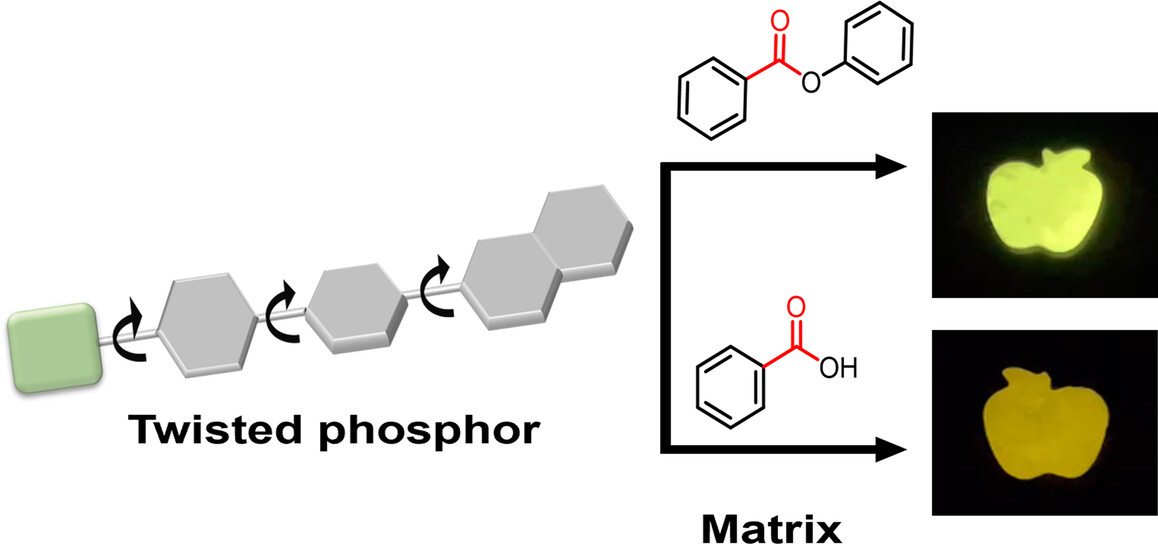
A twisted organic difluoroboron β-diketonate phosphor possessing intramolecular charge transfer character and flexible molecular structure was doped into different organic matrices to fabricate phosphorescence materials. The twisted phosphor adopts different conformation in different matrices. Consequently, the dopant-matrix systems break T1 energy conservation and exhibit distinct phosphorescence wavelengths, violating Kasha's exciton model.
Chlorajaponins A—Q, Lindenane-Related Sesquiterpenoid Dimers from Chloranthus japonicus and Their Biological Activities
- Pages: 1247-1259
- First Published: 13 February 2024
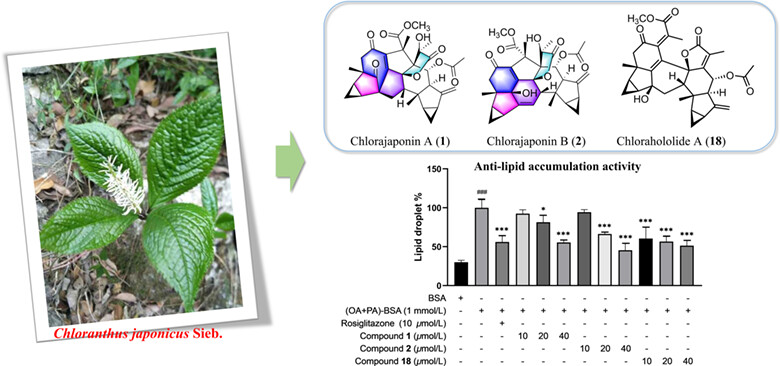
Seventeen new lindenane sesquiterpenoid dimers (LSDs), chlorajaponins A—Q (1—17), including two rearranged skeleton meroterpenoids (1—2), and 13 reported analogs (18—30) were isolated from the Chloranthus japonicus Sieb. Compounds 1, 2, and 18 demonstrated significant inhibitory effects on lipid accumulation, dose-dependently reduced TG and TC levels, and significantly downregulated expression of FASN and SERBP1 validated by western blot assay. Moreover, compounds 19—22 and 25 exhibited the most potent anti-inflammatory effects with IC50 values of 7.89, 6.25, 2.98, 10.77, and 3.60 μmol/L, respectively.
Induced Absolute Configuration of Achiral Tetradentate Ligands in Metal–Organic Frameworks for Circularly Polarized Luminescence
- Pages: 1260-1266
- First Published: 09 February 2024
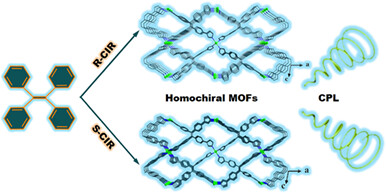
Chiral induction agent can control the formation of the absolute configuration of racemate ligands. Two pairs of homochiral metal-organic frameworks (MOFs) were synthesized with the presence of enantiopure camphoric acid (D/L-cam). Importantly, DCF-17 and LCF-17 exhibit the efficient circularly polarized luminescent (CPL) activity with a luminescence dissymmetry factor (glum) value of –1.0 × 10–2 and +9.2 ×10–3, respectively.
Total Synthesis of Laurane and Guaiane Sesquiterpenoids via Oxidative Nazarov Reaction
- Pages: 1267-1274
- First Published: 19 February 2024
Comprehensive Report
Controllable Exciton Diffusion Length and Ultrafast Charge Generation in Ternary Organic Solar Cells
- Pages: 1275-1283
- First Published: 13 February 2024
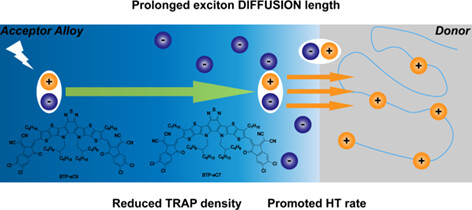
This work demonstrates the feasibility of regulating exciton diffusion and hole transfer to promote efficient charge generation, and achieving high-performance OPV devices by increasing short-circuit current density. Fast and efficient charge generation requires an increased exciton diffusion length and faster hole transfer. In addition, the reduced trap state in the ternary system is also beneficial for reducing recombination of charges. This work reveals the co-mechanism of charge generation and trap state on JSC.
Recent Advances
Hydrogen Bonds in Perovskite for Efficient and Stable Photovoltaic
- Pages: 1284-1306
- First Published: 13 February 2024
Non-Fully Conjugated Photovoltaic Materials with Y-Series Acceptor Backbone for High-Performance Organic Solar Cells
- Pages: 1307-1318
- First Published: 13 March 2024
Meet Our New Associate Editors
Inside Back Cover
Inside Back Cover
- Page: 1323
- First Published: 01 May 2024
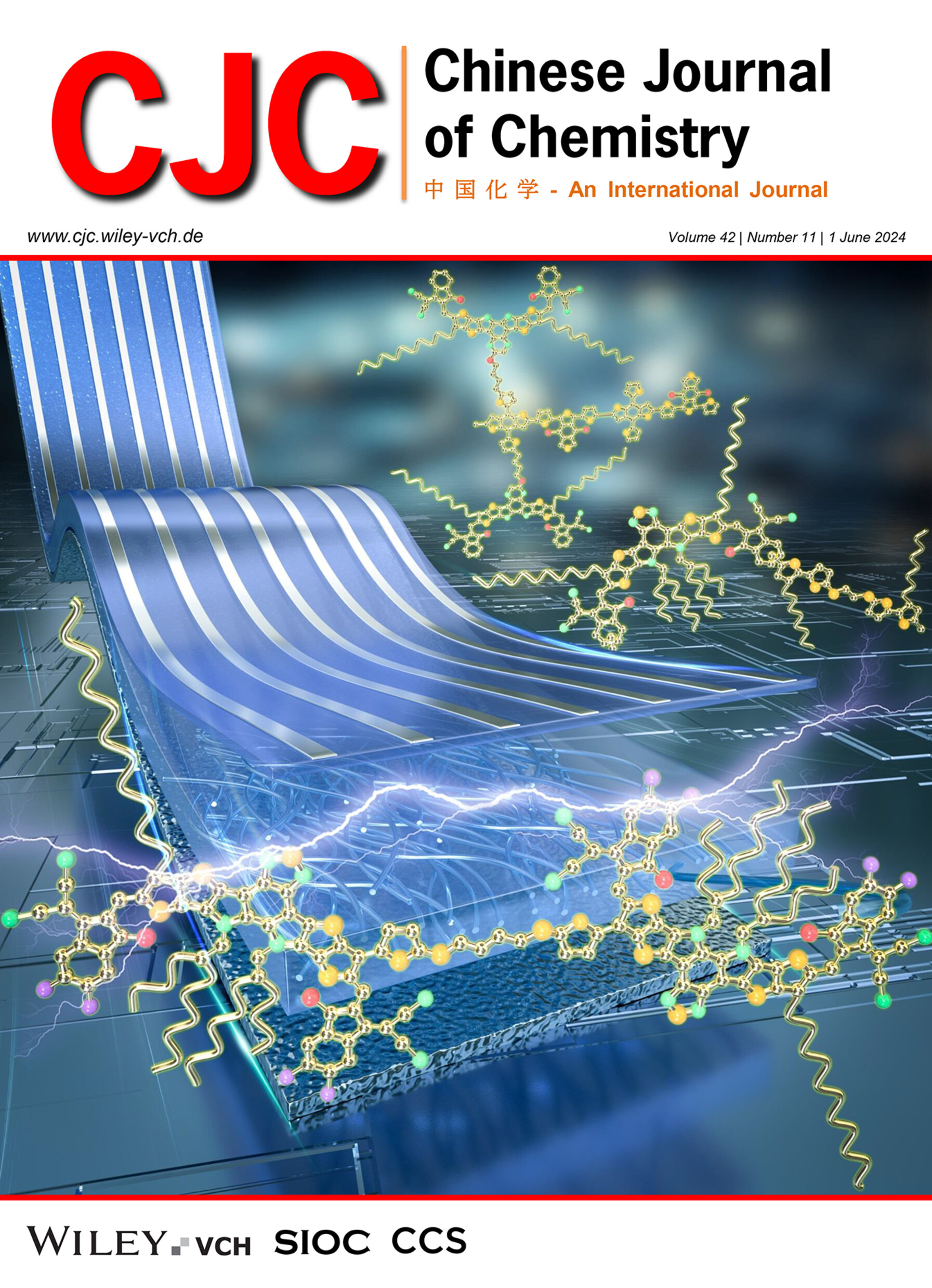
Organic solar cells (OSCs) represent a burgeoning photovoltaic technology with vast potential in multi-purpose applications, including power generators and flexible electronics. Recently, to achieve high-performance OSCs, an emerging molecular design strategy of applying flexible alkyl units as linkers to construct non-fully conjugated photovoltaic materials has been developed and addressed great attention. More details are discussed in the article by Zhang et al. on page 1307—1318.
Back Cover
Back Cover
- Page: 1324
- First Published: 01 May 2024
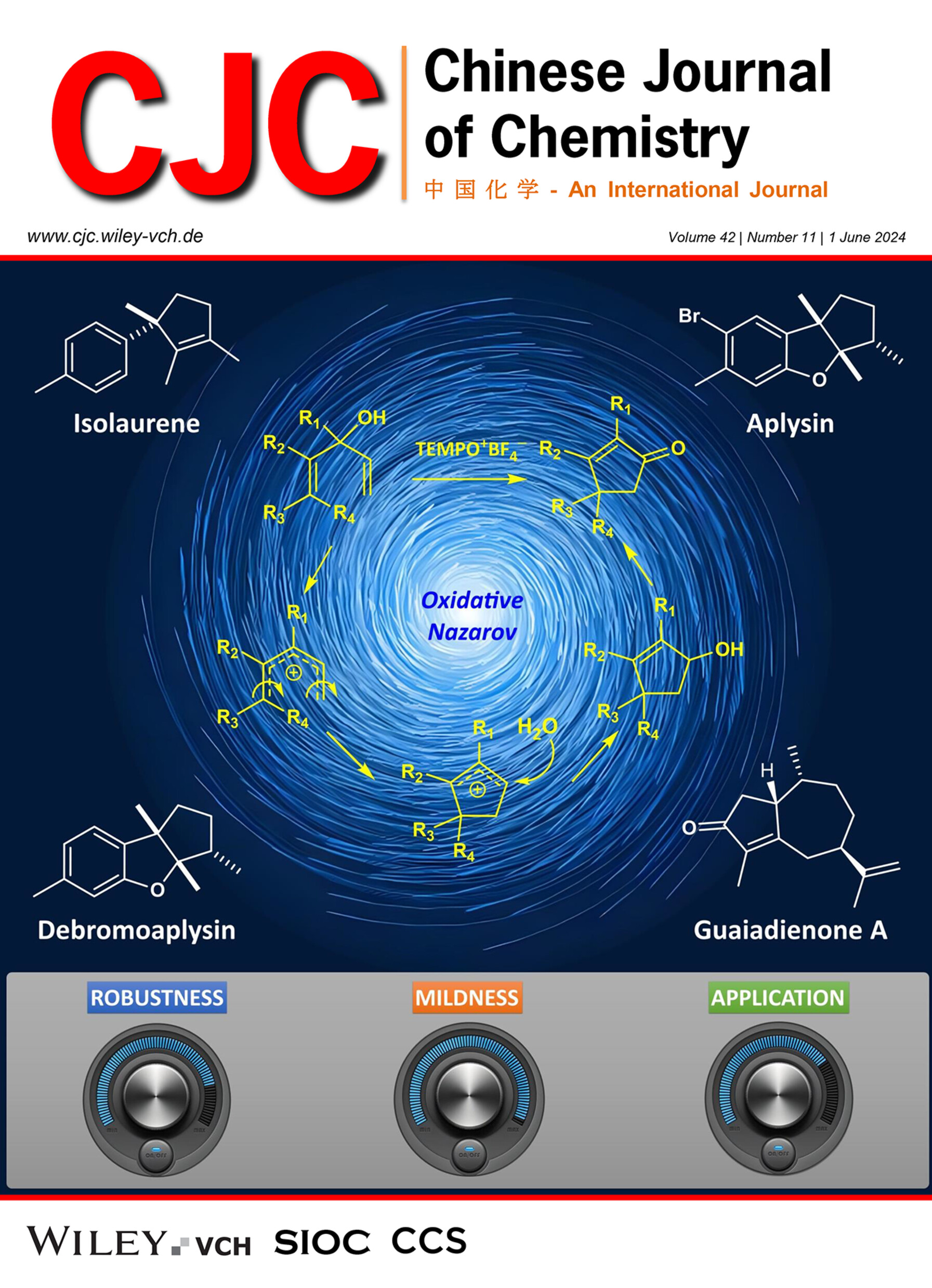
Oxidative Nazarov reaction is a novel method that undergoes Nazarov electrocyclization and simultaneous oxidation, thus providing straightforward access to various cyclopentenone-containing natural products, such as laurane and guaiane sesquiterpenoids, from unfunctionalized divinyl tertiary carbinols (TDCs). More details are discussed in the article by Xu et al. on page 1267—1274.




